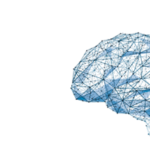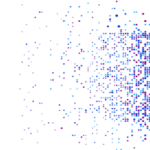Artificial intelligence (AI) is transforming the medical research landscape, opening new doors to advancements that can significantly improve human health. Recognizing the potential and the challenges AI brings, the National Institutes of Health (NIH) has taken a proactive approach to guide the research community in navigating this evolving field.
The NIH Office of Science Policy (OSP) recently unveiled a valuable resource, “Artificial Intelligence in Research: Policy Considerations and Guidance.” This resource aims to help researchers understand how existing NIH policies apply to AI-related research. While NIH may not explicitly mention AI in every policy, it designs its policy framework to address emerging technologies, including AI, ensuring that research is responsible and ethical.
One key aspect the NIH emphasizes is the importance of data management, particularly when using AI. Unauthorized data disclosures can have significant repercussions, especially when AI is involved. Therefore, NIH urges researchers to be vigilant about the data they use, ensuring it complies with NIH policies and does not inadvertently compromise participant confidentiality or intellectual property.
The NIH’s robust policy infrastructure fosters safe and responsible AI research and is adaptable to rapid technological advancements. The new resource serves as a guide to help researchers align their work with NIH policies, ultimately promoting better health outcomes through innovative research.
As the field of AI continues to evolve, so will NIH’s policies and guidance. Researchers are encouraged to explore this new resource and provide feedback, contributing to the ongoing effort to ensure that AI technologies benefit everyone.
Explore the new resource and join NIH in shaping a future where AI drives groundbreaking research responsibly and ethically.







